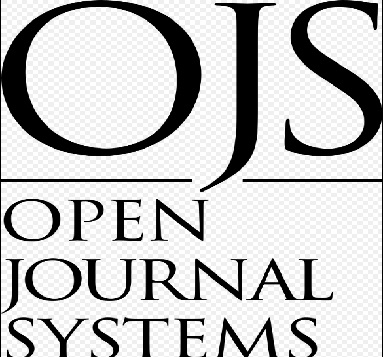Impact of Foreign Aid on Economic Growth in South Asian Countries
DOI:
https://doi.org/10.63056/ACAD.004.03.0538Keywords:
Aid; exchange rate; economic growth; capital formation; PMG; South Asian CountriesAbstract
The main aim of the study is to analyze the impacts of the foreign aid on the economic development of South Asian countries. This study used the panel data for the South Asian countries namely; Bangladesh, Bhutan, India, Sri Lanka, Nepal, Pakistan, and Bangladesh, from 1990 to 2024 and used the PMG system for assessment and found that in the long run (LR), that the labour force participation (LFP), gross capital formation (GCF), secondary school enrolment, official development assistant (ODA), and inflation rate (CPI) have expectant and remarkable effect on GDP per capita (GDPpc). However, the official exchange rate has adverse and remarkable effect on GDPpc. Furthermore, in the short run (SR), that the labour force participation, secondary school enrolment, and ODA have insignificant effect on GDP per capita. However, the GCF has positive and remarkable effect on GDPpc. The inflation rate and official exchange rate have negative and remarkable effect on GDPpc. Therefore, this study settled that foreign aid is more helpful for economic development of South Asian Countries. Based on the findings, this research advocated that governments accept foreign help but utilize it wisely, particularly for developmental projects such as dam construction to boost water resources, education, communication-networks, and so on.
Downloads
Published
Issue
Section
License
Copyright (c) 2025 Sobia Jalil , Urooj Bibi , Abdullah Shah , Muhammad Ali , Dr. Imtiaz Ahmad (Author)

This work is licensed under a Creative Commons Attribution 4.0 International License.












